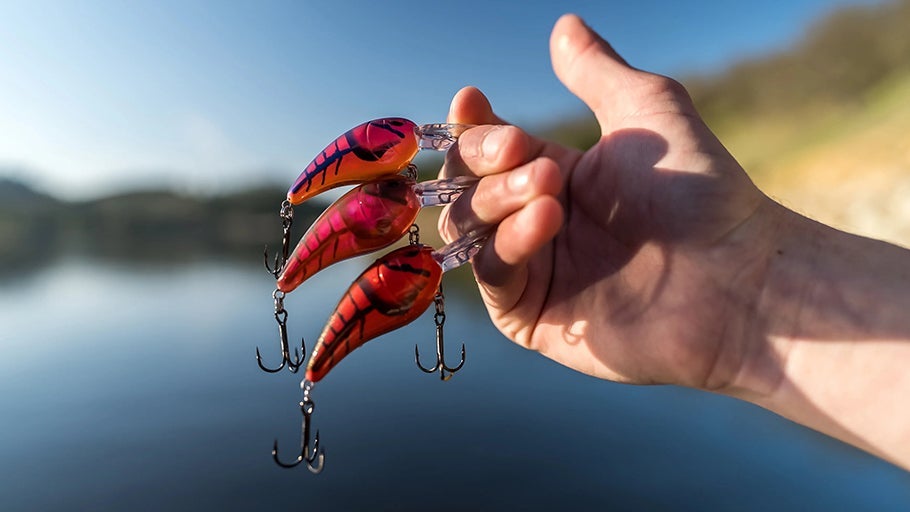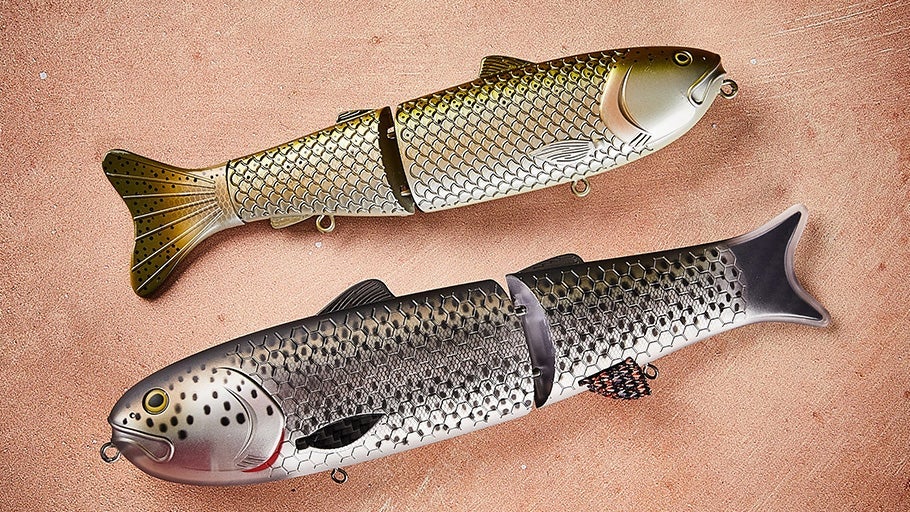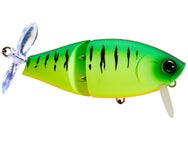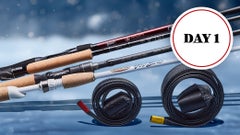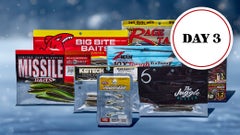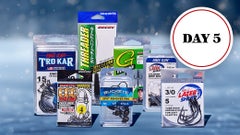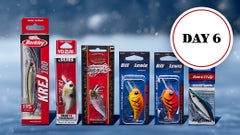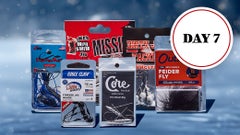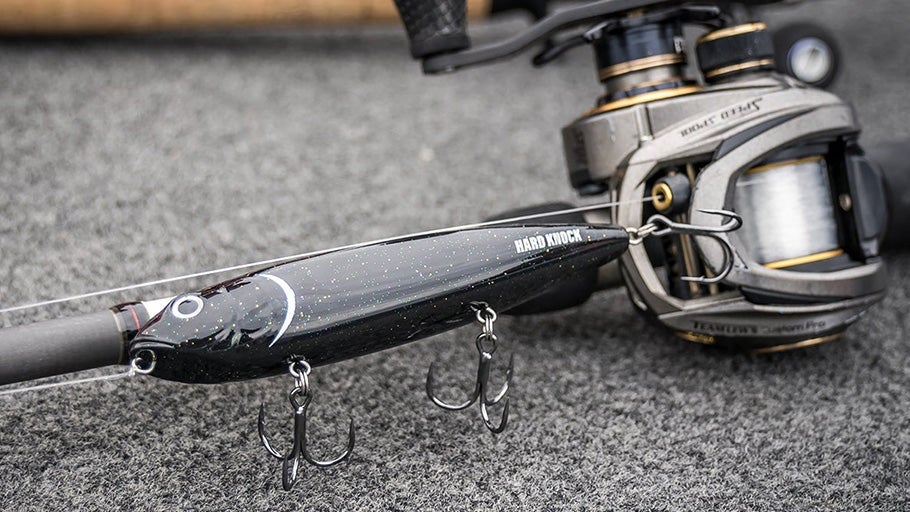
Wakebaits Gear Guide
Designed to imitate struggling forage near the surface, a wakebait imitates anything on the menu from bluegills, baitfish, rats, and lizards when opportunistic bass move shallow looking for an easy meal. The wide-wobbling action of a wakebait creates an aggressive surface disturbance that incites heart-palpitating blow-ups capable of transforming even the borderline casual angler into a fully addicted bass head!
Broadly classified as any lure with a vertical bill that dives subsurface, wakebaits come in a variety of shapes and sizes from swimbaits, rodents, to compact hardbaits, so a diverse range of tackle may be required to dial in the ideal setup. In this article, we’ll cover a wide spectrum of gear to help boost your success with wake baits, offer some helpful tips and tricks, and identify areas and situations where wakebaits are most productive and outperform other topwater lures in your tackle box.
Wakebait Rods
For mid-size wake baits weighing 3/8-1oz, choose a 7’ to 7’4” casting rod with a medium heavy to heavy power rating and moderate fast taper to improve your hook-up ratios. The soft and forgiving bend of a moderate taper rod prevents anglers from pulling the bait away on a big strike and keeps the hooks buttoned up during the fight. However, if you plan on using an oversized wake bait like rodent or swimbait, you may need the added power of a 7’6” - 8ft extra heavy swimbait rod with a moderate taper to manage the large profile and weight of the bait.
Wakebait Reels
A low-profile casting reel with a 150-200 size frame accommodates plenty of braided line so you can fire long casts to schools of fish, but with oversized wakebaits, a beefier 200-300 casting reel provides added line capacity and bolstered drag system to handle big baits and big fish. The ideal gear ratio will vary based on the construction of the wakebait you’re throwing, but its often best to lean towards a 7:1 gear ratio or slower so the bait runs as designed, waking the surface with smooth action without blowing out during the retrieve. Being a cast and retrieve style of technique, it's important to choose a reel that you feel comfortable making a lot of casts with throughout a day of fishing.
Wakebait Line
Most wakebaits are built to run on top or just beneath the surface of the water, so they often fish most conveniently on fishing lines with floating attributes like braid or monofilament. A smooth casting 40- to 65-lb braid paired with a short 17-25lb monofilament shock leader is often the best combination, as the power and no-stretch response of braid starts the bait quickly and prevents break-offs while the mono adds stretch to engage a solid hookset. An alternative to using braid would be a straight 17- to 25-lb monofilament mainline, but you may be sacrificing some casting distance and efficiency when making target casts around cover.
Wakebait Mods, Tips, and Tricks
As with all treble-clad baits, it’s important to routinely inspect the sharpness of your hooks and upgrade them regularly. Wake baits excel around shallow cover, docks, laydowns, and heavy cover, so your components need to be up to the task and benefit from upgraded heavy-gauge hooks, split rings, and snaps to ensure your success with aggressive fish in snag-ridden areas. A long-standing favorite for night fishing, the wakebait’s boisterous presence on the surface allows for a greater margin of casting error as fish are more willing to travel to it after dark, making it advantageous for low-light situations when it’s difficult to see where you’re casting. Focus on strategically placing your bait next to targeted shoreline cover and consider fishing open water ambush points, varying your retrieve with pauses and bursts of speed to turn some of those followers into biters.
Colors
A simplistic approach can be used when selecting colors, as anglers typically try to match-the-hatch based on the situation, target forage species, or type of wakebait they're throwing. During low-light conditions a basic all-black or all-white wakebait can be a good choice, as solid colors create a more prominent silouette and profile that fish are able to locate easily. Natural bluegill patterns are always a good bet, especially during the springtime when bedding fish are protecting their spawning beds from pesky shell crackers and sunfish. Smaller crankbait sized wakebaits are often best for mimicking shad, while larger
Whether you’re grinding for a kicker bite at a tournament or looking to unlock a new bite at your local lake, wakebaits incite explosive topwater strikes while offering anglers an effective approach to target finicky fish that are unwilling to fully breach the surface. By understanding the slight nuances of wake bait fishing, anglers can confidently navigate various conditions, tempt giant bass into striking, and add another effective topwater to their arsenal.
Related Content Articles

